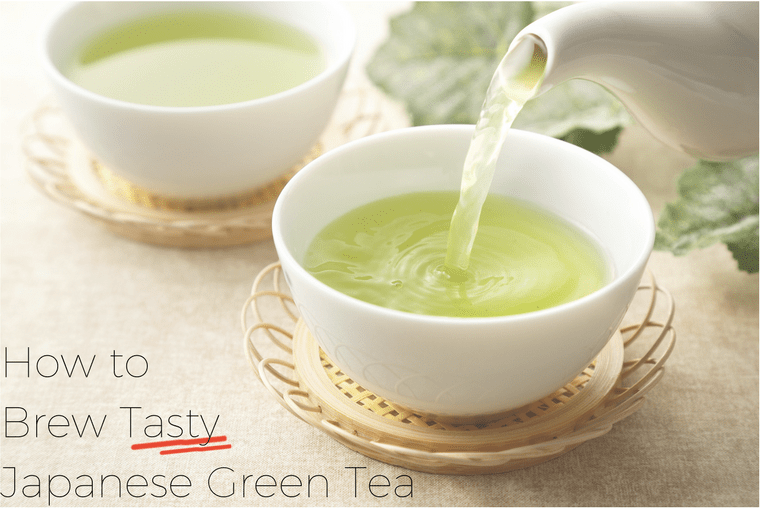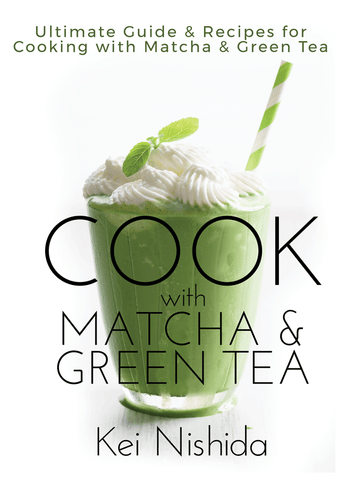Everything You Need To Know About Sencha Green Tea

Sencha green tea is a distinct type of Japanese green tea that is often enjoyed in a casual environment as a refreshing beverage. It is typically infused by letting processed whole leaves steep in hot water. Because of the unique flavor profile of sencha tea, it is not uncommon to see all varieties of this tea available for both overall caffeine content and subtle differences in flavor.
Benefits of Sencha
Like most types of green tea, sencha tea leaves offer individuals a number of health benefits. Those who are interested in improving their long-term health will notice the relevance between the green tea's effects and the ceremony involved in its steeping.
To begin, Japanese green tea helps reduce the presence of free radicals in the body. These molecules harm our cells and prematurely age our organs and tissue. The molecules damage our DNA and increase the risk of developing cancer. Antioxidants, which green tea is full of, bind to these free radicals and neutralize them, making this tea an excellent option to help improve overall health.
This tea can also help individuals with their long-term weight-loss goals. The caffeine in Japanese green tea helps boost the metabolism by helping get rid of the free radicals that slow the body down, and the tea itself gives individuals more energy to use for exercising. (Read more about Japanese Green Tea and Weight Loss)

Japanese green tea is also ideal for those who want to boost their immune system. The antioxidants in the tea, along with the helping of vitamin C, can be ideal for those who need a little something extra to improve the functionality of their white blood cells. People with colds and flus will experience much shorter symptoms when they enjoy this drink.
Studies have also found that sencha tea can help reduce LDL, which is known as the bad type of cholesterol. Those who have a family history of heart disease should incorporate green tea into their regular routine to help reduce their risks. Everything from blood pressure to sugar irregularities can be helped with sencha green tea.
Studies have also found fluoride content in the sencha plant. This means that individuals who have the drink regularly can improve the health of their teeth and prevent the development of cavities. The tea also helps fight unwanted germs in the mouth, reducing bad breath and stopping the growth of gingivitis.
Sencha's Variety and Flavor Profile
There are many different types of sencha to choose from. Learning about the types can allow individuals to add more variety to their routine.
Standard sencha is known as futsu mushi sencha. This categorization emphasizes the normal steaming aspect, which results in a finer balance between all of the flavors present. The aroma is fresh and the naturally sweet and bitter flavors settle in harmony with each other for an earthy overall profile.
Another variety is fukamushi-cha, which means deep steamed sencha. This type of tea is steamed for a little bit longer in order to help reduce the natural astringency of the drink. The longer steaming time results in a more powdered sencha leaf and a much richer final cup.
Kabuse-cha, translated as shade grown leaves, is a type of tea that showcases a deeper aroma and flavor. It is often produced for its unique scent, as shading the crop before the spring harvest prevents the growth of certain amino acids. This results in less tannins and a fuller flavor.
Kuradashi-sencha is a spring variety that is kept in storage to deepen the flavor and reduce its astringency. This Japanese green tea is stored at high altitudes to preserve freshness. The opening of this aged leaf is often a ceremonial process, and it is usually only seasonally available during the winter months.
Gyokuro, otherwise known as jade dew tea, is one of the most unique types of Japanese green tea available. It is one of the most expensive varieties because of its high labor costs and the artistic presentation of a softer leaf. This tea leaf is grown in constant shade to encourage only tip growth, which results in only one harvest per year.
These are few of the sencha types that are popular and well-known, but I have written a comprehensive list of all Japanese green tea types here in this article. You can click here or click the image below if you want to learn more.
Matcha vs Sencha
Although matcha and sencha are sometimes confused to be the same drink, there are many differences between them. Leaves prepared for matcha are grown almost entirely in the shade, similar to gyokuro. While powdered sencha is sometimes used in tea, whole-leaf sencha is the normally sold product, and matcha is always processed with granite-grinding wheels to be sold as a powder. High-quality matcha will almost always be a much darker green than sencha due to the high chlorophyll content in the harvested leaves. Read more about the differences between Matcha and Sencha here
How to Make Sencha
Though there are many different types of green teas to choose from, the steeping process is often the same. Individuals should be sure to adjust for time and temperature depending on the type.
I have a whole article dedicated for this, so please click here or image below for how you can make your sencha taste better.
Choosing the Teaware
To begin, it is important to use the correct teaware for the brewing process. There needs to be a lot of room in the pot for the leaves to naturally expand in the brewing. A fine filter is also necessary to keep sediment out of the final pour. Japanese teapots, which are called kyusu, are specifically designed to allow for better leaf unfolding. There is a specific teapot which can make your sencha tea taste better because of the clay used. Click here to learn about the Japanese tea pot to make your tea taste better here.
Preheating the Water
Cooling your water down before you brew will allow you to reach the perfect temperature for the exact flavor you want. Using two cups to transfer water back and forth allows you to hit the desired target temperature of between 162 Fahrenheit and 180 Fahrenheit. Use water that is completely boiled, and then transfer the water back and forth between cups to get the desired temperature. This type of cooling will also help stabilize the water's temperature during steeping, and many believe that it helps air flow into the water, resulting in a livelier, more aerated tea. Read Everything You Need to Know about Water and Japanese Green Tea here.

Brewing the Tea
The brewing process itself does not take a very long time, especially if the temperature has been calibrated correctly. The recommended amount of leaf to use is roughly one gram per every 50 milliliters of water. As you become more experienced with brewing, you may change these ratios to suit your desired tastes. For half a cup of water, it is a good idea to use roughly 1 1/4 tablespoons of tea leaf.
Try to find a comfortable temperature point for your tea. Keep a thermometer with you in order to keep your measurements accurate. Though you may need your thermometer the first few times you brew sencha, eventually you will get the transferring technique down. To get the most accurate results, aim for consistency in how many times you transfer the water and how soon you transfer it from the kettle.
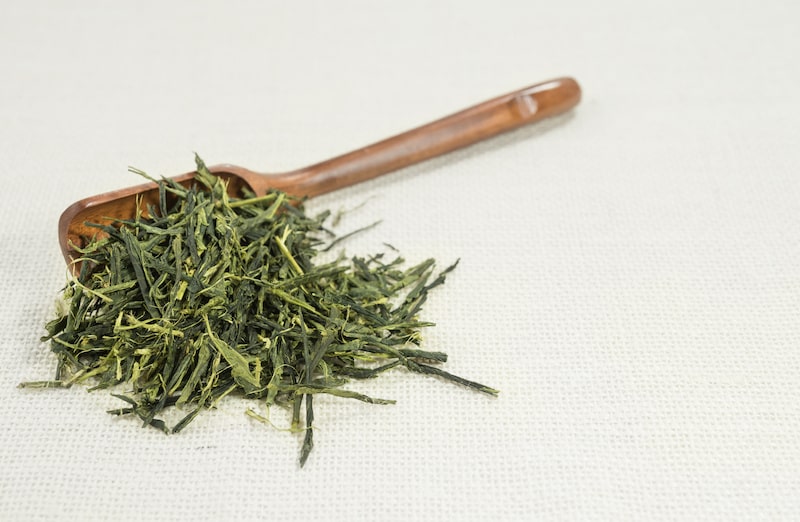
Try to aim for roughly one solid minute of brewing to get the most flavor out of the tea. Deep steamed sencha varieties may need a little bit less brewing time, around 45 seconds, while other teas may need longer steeping times at around 90 seconds. Like with any other aspect of this process, you may eventually want to adjust the brewing time to suit your specific tastes.
Once the tea is done brewing, slowly pour it into your cup. Do your best to get as much tea out as you can. Once it has been poured out, pat the back of the teapot so that the leaves are cleared away from the filter. Take the lid off and then set it on top of the teapot at an angle to allow the steam to escape. This helps prevent the leaves from continuing to brew in the pot, reducing the risk of an aftertaste in future batches. Once poured, enjoy at your leisure.
Re-steeping the Tea
Because of the low steeping time, it is actually possible to get between three and five more steeps out of the leaves. To get the best results, try to brew the second batch at 30 seconds and every subsequent batch at double the previous batch's brewing time. Each time you brew, try to increase the temperature by five degrees. Be sure to experiment with the process to find what works best for you.
Related Articles You May Be Interested In
Get Free Download
If you have ever thought that Green Tea is an ìacquired tasteî or that it is ìtoo bitterî to enjoy, weíre here to change your mind! We want everyone to experience the health benefits of Green Tea and show you that this can be an amazing, refreshing, and delicious drink when made correctly. With just a few tips on how to brew this powerful leaf, we can change your mind about the taste and enjoyment of drinking Green Tea.
Donít miss out on the health benefits of tea!
- Improve health
- Increase brain function
- Regulate weight
- Lower your risk of cancers
- Reduce risk of heart disease
- Lowers risk of diabetes
We know that you will love this tips to brewing tea and getting the most flavor and elegance out of every cup. Sign up for our newsletter and get this great informative manual on brewing green tea. You will learn what it is that makes it one of the most popular beverages in the world.
The E-Book also includes the chapter of Kei Nishida's book, "Art of Brewing Japanese Green Tea" where he teaches you how to brew hot and cold Japanese Green Tea.
Also in Japanese Green Tea Lovers in India
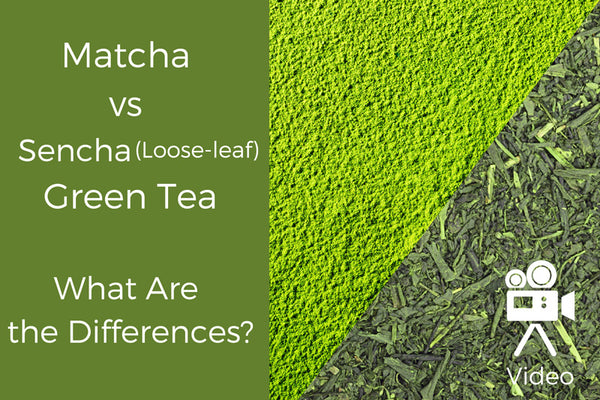
TYPES OF TEA: MATCHA VS SENCHA GREEN TEA: WHAT ARE THE DIFFERENCES?
When it comes to different types of tea, matcha and sencha green tea are two many people have questions about! Get answers in this post.
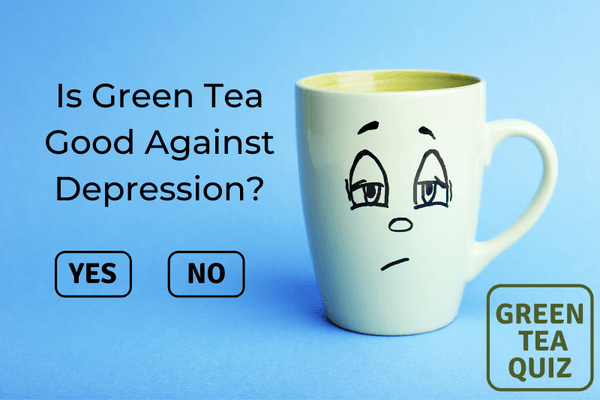
Is Green Tea Good Against Depression?

What is the best way to store your matcha & Japanese green tea?
5 Essential Storage Rules for Matcha and Japanese Green Tea
Read on to learn how to store matcha the proper way to ensure that you get the most out of this ancient elixir.



